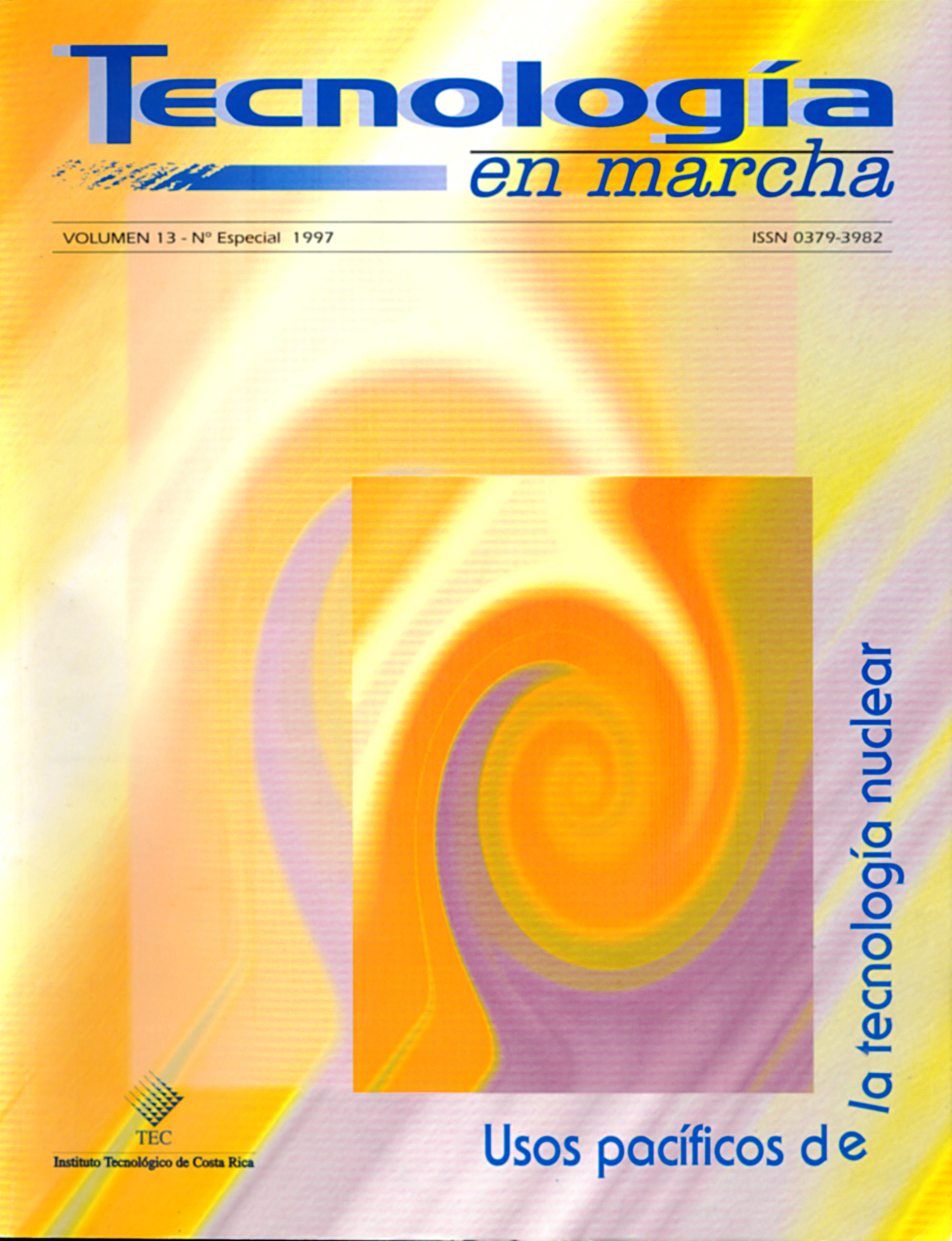Consistent analysis of the elastic, inelastic and fusión cross sections in the systems 16O + 144, 148, 150, 152Sm at sub-barrier energies
Main Article Content
Abstract
On the basis of the experimental data reported in the literature, an analysis of the elastic, inelastic and fusion cross sections was made for the 16O + 144, 148, 150, 152Sm systems at energies near the Coulomb barrier using a consistent deformed optical model potential. Coupled-channel calculations of the elastic and inelastic scattering cross sections were carried out using the ECIS87 code.
In the present calculation the lowest 0+, 2+ and 3- states of the target nuclei 144, 148, 150Sm and the lowest 0+, 2+ and 4+ states of 152Sm were included explicitly. The effects of Coulomb excitations were also taken into account.
The coupling potentials ere generated following the usual deformed optical model potential prescription, using the harmonic vibrational model and the symmetric rotational model to describe the structure of the target nuclei.
By fitting procedure, a parameterization of the deformed optical potential was obtained that shows the so called “threshold anomaly”. To calculate the fusion cross section by means of FRESCO code2 this parameterization was used.
The calculated elastic and inelastic angular distributions and fusion excitation functions reasonably well agree with experimental data.
Article Details
Los autores conservan los derechos de autor y ceden a la revista el derecho de la primera publicación y pueda editarlo, reproducirlo, distribuirlo, exhibirlo y comunicarlo en el país y en el extranjero mediante medios impresos y electrónicos. Asimismo, asumen el compromiso sobre cualquier litigio o reclamación relacionada con derechos de propiedad intelectual, exonerando de responsabilidad a la Editorial Tecnológica de Costa Rica. Además, se establece que los autores pueden realizar otros acuerdos contractuales independientes y adicionales para la distribución no exclusiva de la versión del artículo publicado en esta revista (p. ej., incluirlo en un repositorio institucional o publicarlo en un libro) siempre que indiquen claramente que el trabajo se publicó por primera vez en esta revista.

